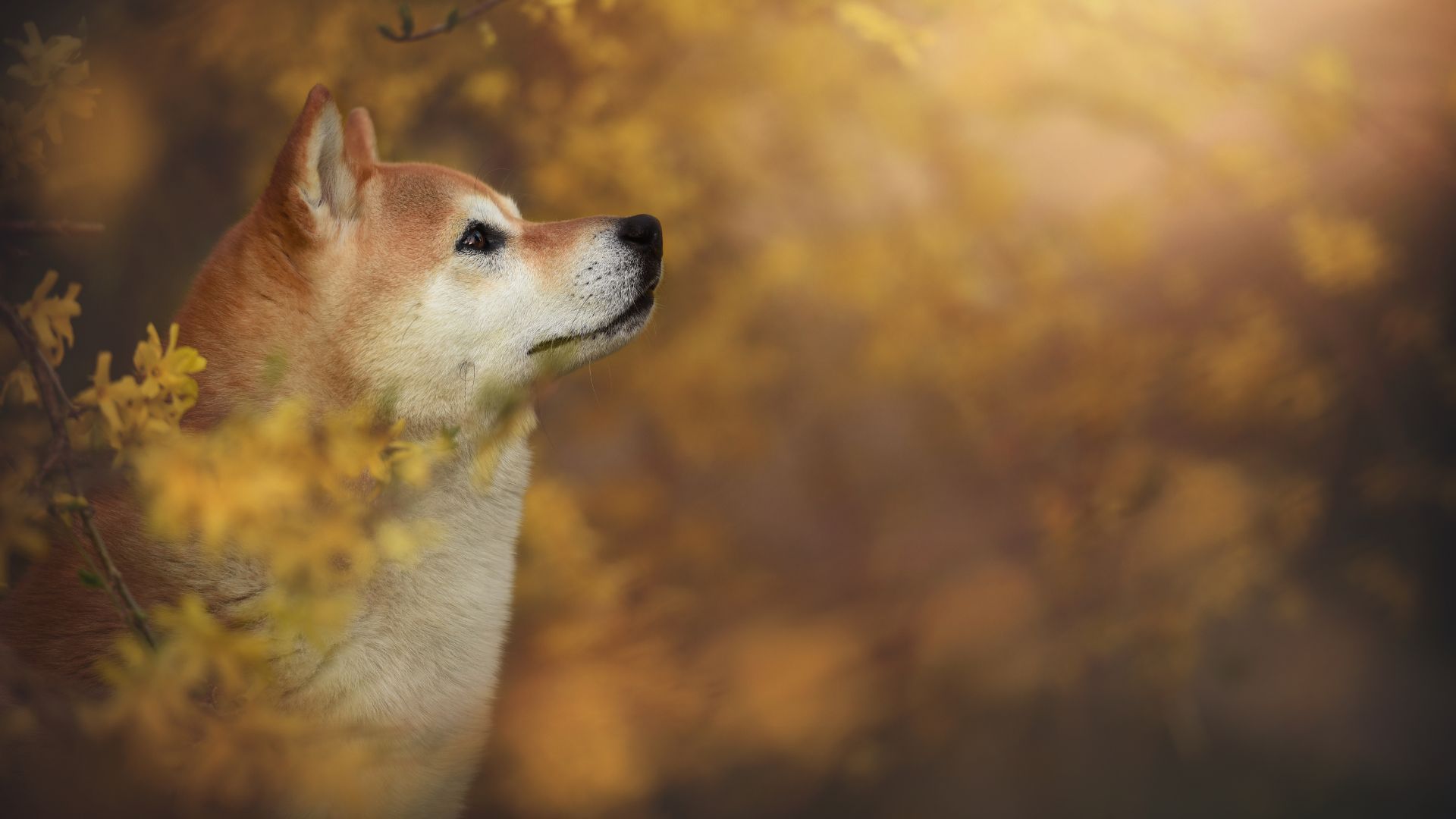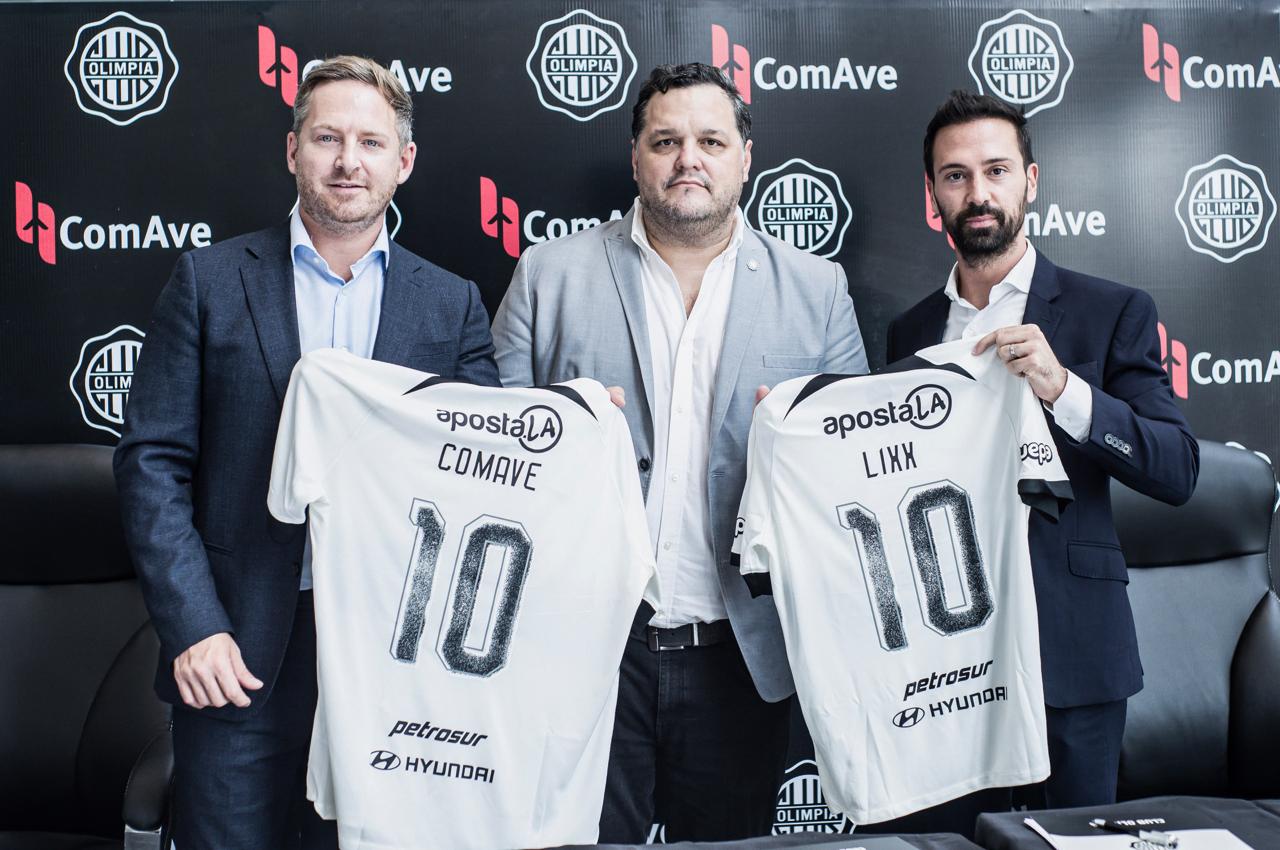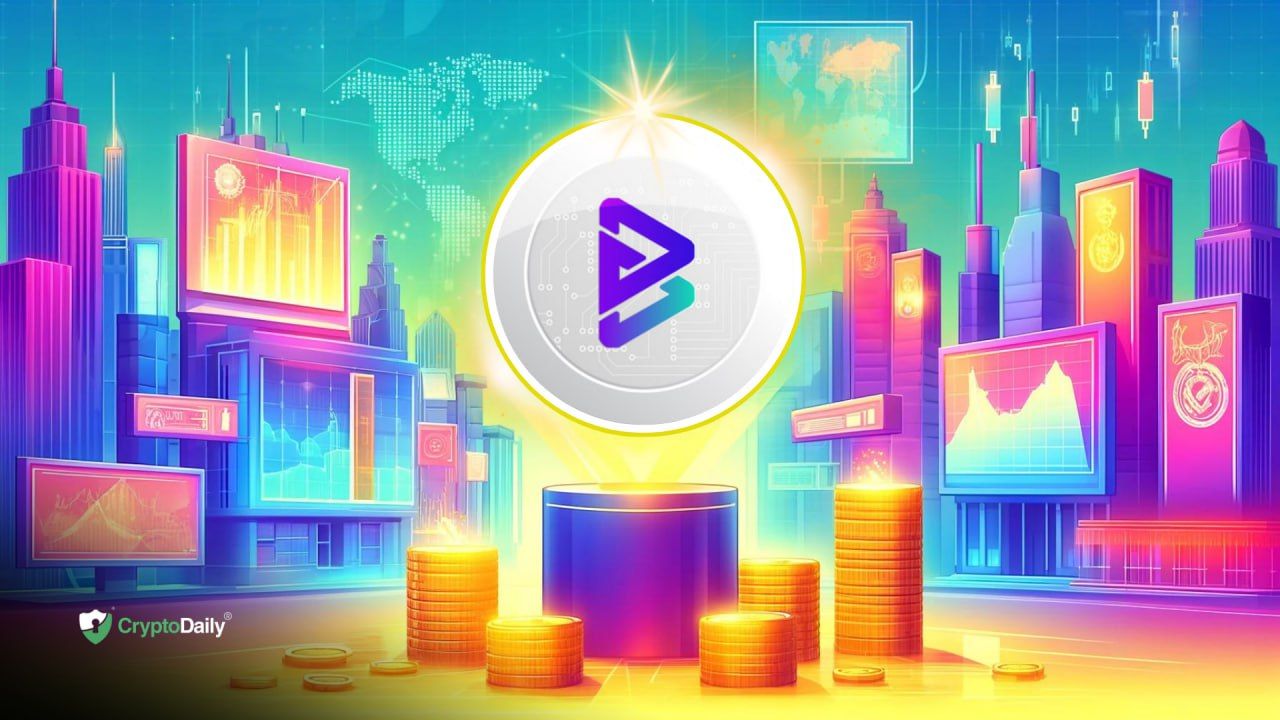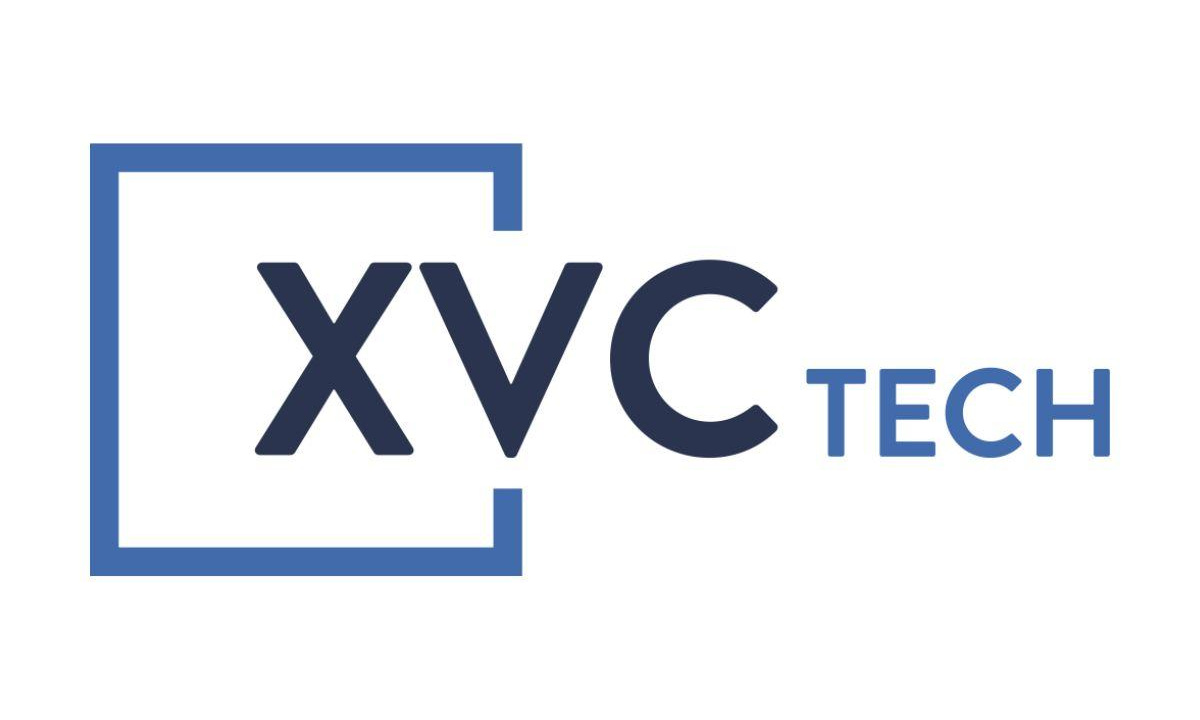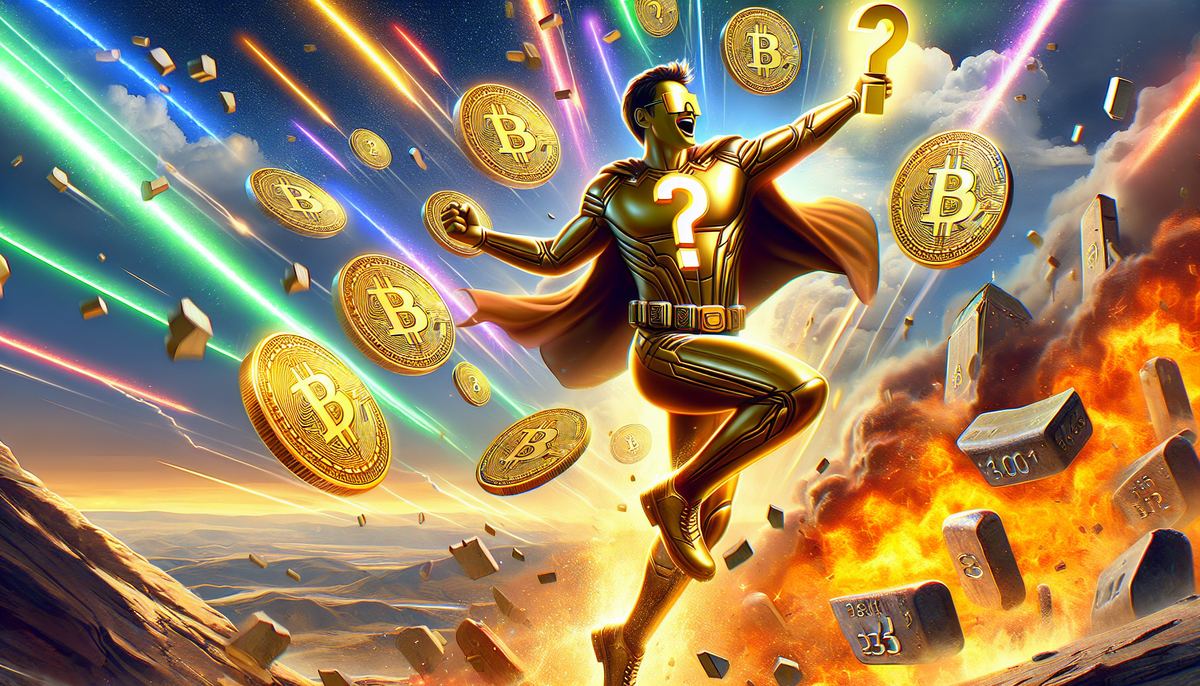Table of Contents
- What is an NFT?
- How do NFTs Work?
- The Right-Click Scandle
- Why are digital creators moving to NFTs?
- Final Thoughts
It seemed like throughout 2021, you couldn’t go more than a few days without hearing even more about the growing NFT market. Some of the most notable moments were when the CEO of Twitter sold his first-ever tweet as an NFT for $2.9 million, the 10,000 digital apes that have made over $1 billion, or the continual screenshot jokes in the comments section of Twitter.
No matter where you stand on NFTs, they can be complicated to get your head around when it comes to ownership. While the action of buying an NFT does indeed make you the owner of that piece, it doesn’t mean you have access to the copyrights.
Nevertheless, people are still flocking to NFTs. Nowhere is this more significant than in the community of digital artists, with NFTs providing a unique way of generating income. In this article, we’ll be breaking down precisely what NFTs are, explaining the idea of NFT ownership, and discussing how artists are benefiting from this trend.
Let’s get right into it!
What is an NFT?
A non-fungible token, better known as an NFT, is a one-of-a-kind digital asset. These come in all forms and can be made from absolutely anything digital. While the most popular NFTs are image files, NFTs can also be videos, articles, photos. Quite simply, if it can be put on the internet, it can be an NFT.
In 2021, the internet saw masses of people flocking to NFTs, buying certain digital assets. This new system has allowed digital art to instantly be transformed into a monetizable asset. This is wonderful if you’re a digital artist, with NFTs providing you a way of selling your art on digital markets.
How do NFTs Work?
An artist will upload their work to an NFT marketplace, ‘minting’ it into an NFT. The usage of ‘minting’ here means turning into the NFT. This process entails the creation of a smart contract, which is stored on the blockchain of whichever marketplace is used.
There is a line open for ‘Owner’ within this smart contract. Whenever an NFT is sold, the buyer’s information is then passed to this smart contract, with this line then being filled in. If anyone were to look at that contract, they would then see the name of who technically owns that piece of art.
When you buy an NFT, you’re buying that position in the smart contract, attaching your name to the piece within the blockchain ledger storage.
The Right-Click Scandle
You might be wondering, why can’t I just right-click on a photo and save it? Within this, you’ve stumbled onto the main problem that stops the world from taking NFTs seriously. Quite honestly, there is nothing people can do to prevent this.
People can pay millions of dollars for a picture and say it’s theirs. But, that doesn’t stop someone with access to a mouse that can right-click hitting ‘Save As’ and getting that artwork on their own device. This also goes for screenshotting, with any NFT discourse on Twitter being sharply followed with a comment section filled with that very same NFT as their profile photo.
The only difference between the person that potentially paid millions for an NFT and those that simply hit ‘Save As’ is data information. When someone buys an NFT, the information of who now owns that piece is stored in the blockchain. These NFT ledgers act as information hubs, telling users who actually own the NFT.
While some people don’t understand the NFT trend, people around the globe have flocked to this form of exclusivity. NFT artwork has been sold for as much as almost $70 million at auction.
While the person who bought the NFT is technically the owner, they don’t actually have any copyright claim on the artwork itself. The artist is the primary holder of all copyright, making many people raise their eyes a little at the point of NFTs.
However, while people go back and forth on their point, it’s worth noting that NFTs have had a significantly positive impact on the lives of digital artists.
Why are digital creators moving to NFTs?
Whether you like or dislike NFTs, think they’re ridiculous, or like the thought of your name being in the NFT ledgers list on the blockchain, it’s undeniable that NFTs have had a huge impact on digital art.
Art has always been a notoriously difficult thing to establish oneself in. But, thanks to NFTs, a whole new generation of artists have been made. In 2021 alone, digital assets were sold for over $25 billion, demonstrating the huge backing of currency that’s poured into NFTs.

Additionally, NFTs provide artists the ability to create censorship-free art. While some platforms like Instagram, Twitter, or even Patreon, have strict rules about what can and cannot be posted, NFTs don’t have the same legislation. This is because NFT platforms mostly exist on decentralized networks, removing the middleman that could censor the work.
Instead of working through a service that has a say about what art artists can post, decentralized networks allow artists to sell directly to their audience. Nowhere is this perhaps more prominent than on the 2018-formed platform Creaton.
Creaton, a decentralized network that allows artists to upload their work and turn them into NFTs, is a central hub for aspiring artists. This platform allows users to directly subscribe to artists’ work that they like. Once subscribed to an artist, they’ll be able to browse through all of their uploads on a platform, paying for the time they use.
This turns digital art into an almost museum-like platform of content viewing. Not only does this idea radically transform how digital art is accessed, but it also provides a new method of monetization for artists.
Monetization is at the heart of NFTs; this new digital idea of ownership provides artists with a new way of making money online. This platform has become a universal space for digital art. When a person buys an NFT, just like with normal art, the artist still has the copyright to the asset; the buyer just gets their name on the product as the owner. This allows artists to sell their work en masse without really having to give anything up.
With NFTs, a new era of digital art has begun.
Final Thoughts
When someone buys an NFT, they’re sending their name to a smart contract stored in the blockchain, establishing themselves as an owner. While this doesn’t actually give them any rights to the artwork itself, the NFT system has provided an incredible opportunity for digital artists.
With decentralized platforms springing up that overcome censorship and ensure artists can get paid efficiently for their work, NFTs seem like a good thing for the artist community as a whole.
Whether you’re an Avid NFT fan or are still on the skeptical side, it’s hard to deny the incredible impact they have had on the world of digital art.
Disclaimer: This article is provided for informational purposes only. It is not offered or intended to be used as legal, tax, investment, financial, or other advice.
Investment Disclaimer

